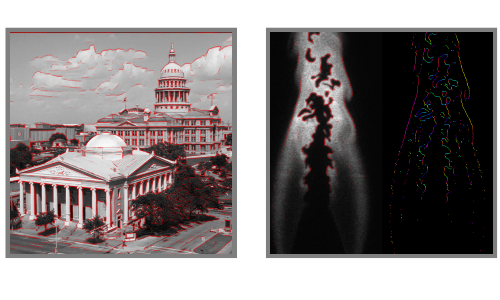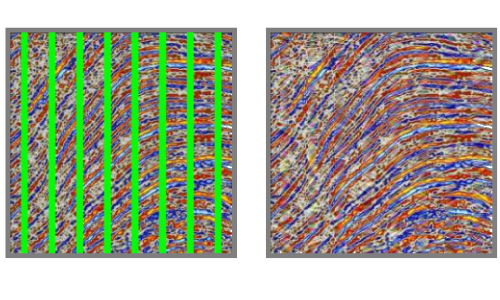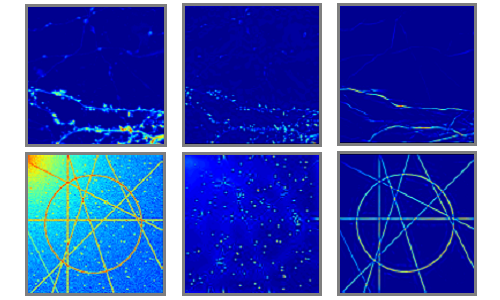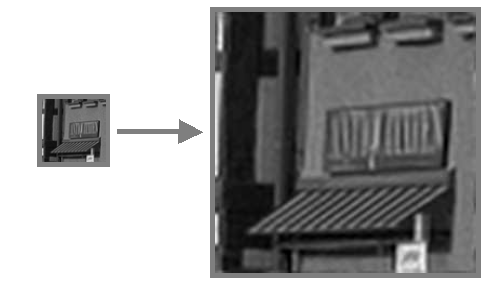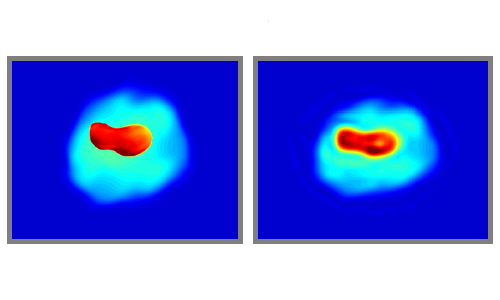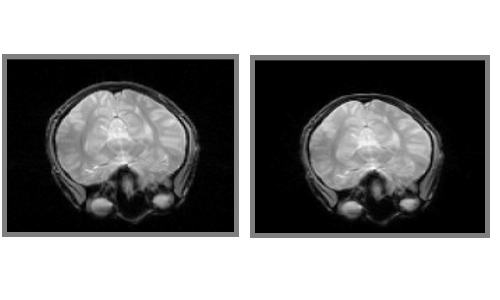Welcome to ShearLab
ShearLab is a MATLAB library developed for processing two- and threedimensional data with a certain class of basis functions named shearlets. Such shearlet systems are particularly well adapted to represent anisotropic features (such as curves) that are often crucial in multidimensional data. The resulting representation has proven well-suited for image processing tasks such as inpainting, denoising or image separation. On this website we provide the full MATLAB code, a framework for numerical tests as well as general information on shearlets.
Similiar to wavelet systems, shearlet systems are constructed by modifying generator functions. For wavelet systems, these functions are isotropically scaled and translated. While this is enough to provide an optimally sparse representation for an interesting class of 1D functions it fails to do so in higher dimensions. To compensate this shortcoming, the direction of the generator functions has to be varied. In shearlet theory, this is accomplished by shearing and anisotropic scaling.
Various desirable properties of such shearlet systems have been mathematically proven in recent years. In particular, it has been shown that there are compactly supported generator functions that form a frame for L^2(R^2) and provide optimally sparse representations of cartoon-like functions up to a logarithmic factor. The latter is a key finding in shearlet theory because it is often assumed that most natural signals can in fact be modelled as a cartoon-like function.
However, for a successful application of such a theory a good implementation is necessary. In contrast to rotation, shearing does not disrupt the integer grid and thus makes a unified treatment of the continuous and digital shearlet theory possible. This unity allows for a rather faithful implementation of the digital shearlet transform in MATLAB.
The implementation of ShearLab has been thoroughly tested in various numerical experiments. The detailed results and their analysis can be found in the corresponding publications, the full code for the experiments in the software section.
